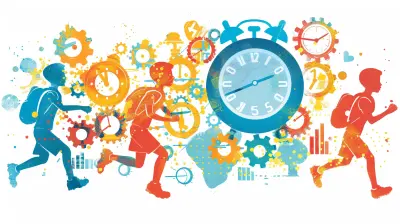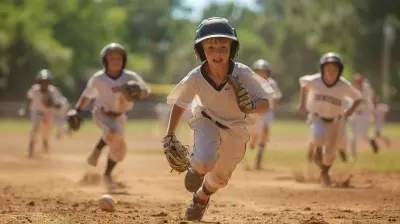The Evolution of Basketball Shoes: From Court to Street
7 August 2025
Basketball shoes have come a long way, haven’t they? From the squeaky wooden courts of the 1940s to the gritty streets and fashion runways of today, these kicks have evolved into more than just athletic gear—they're cultural icons. But how did we get here? What transformed these performance-driven shoes into fashion staples that dominate sneaker culture?
If you've ever rocked a pair of Jordans casually or hooped in Kobes, you're already part of the journey. Let’s break down the incredible evolution of basketball shoes, from their early roots to their massive influence on streetwear.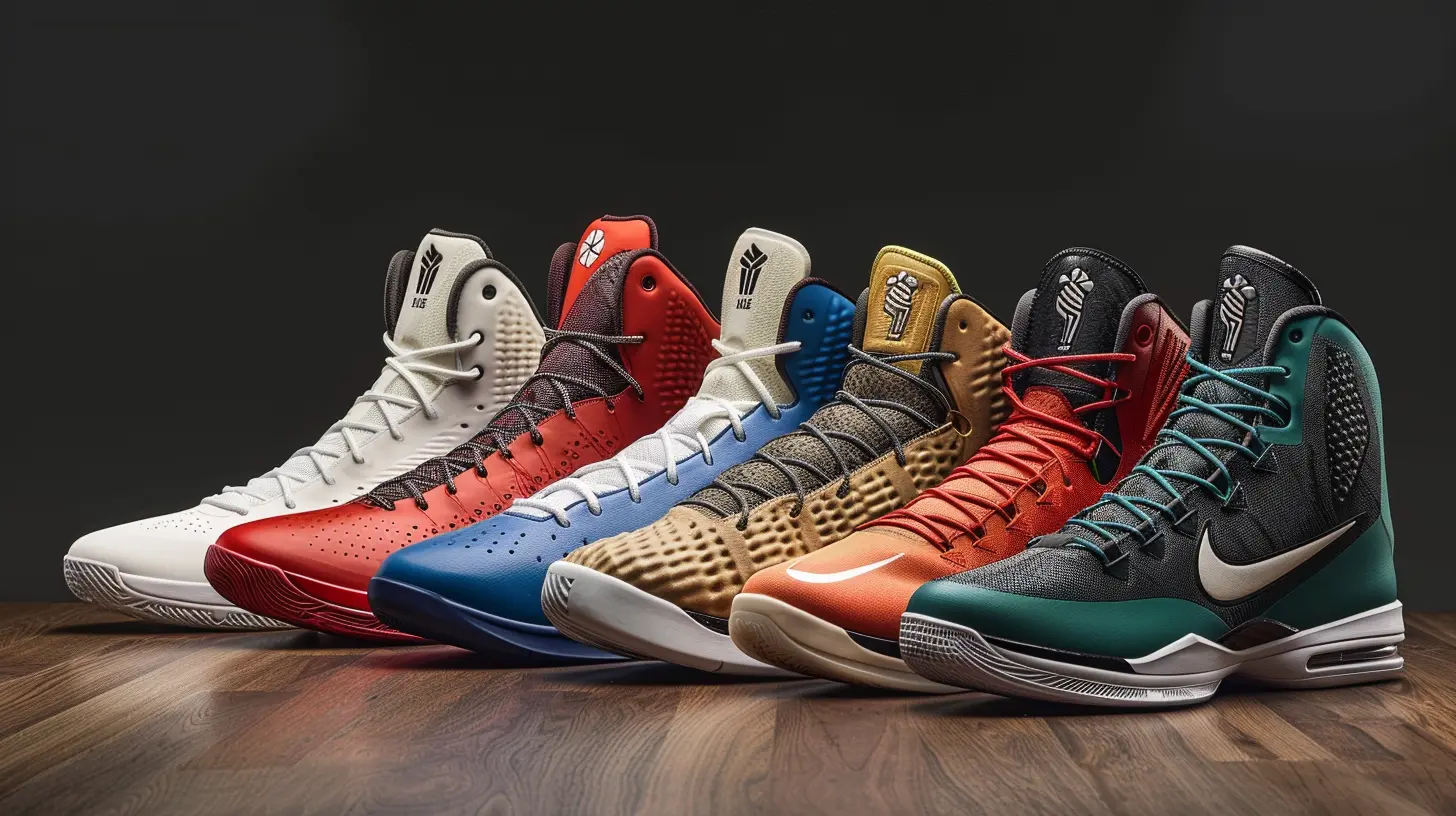
The Humble Beginnings: The Early Days on the Hardwood
Let’s rewind to the early 20th century. Basketball was a fresh sport, and players didn’t exactly have specialized footwear. We’re talking basic rubber-soled canvas shoes—yep, like the classic Converse Chuck Taylors introduced in 1917.Chuck Taylors basically ruled the court for nearly five decades. They were simple: high-tops for ankle support, canvas material, and a flat rubber sole. No fancy tech here. Back then, it wasn’t about style or even advanced performance—it was about having a shoe that let you play the game.
But here's the thing: those early shoes had almost zero cushioning. Can you even imagine hooping on hardwood with nothing but a rubber sole between your foot and the floor? Yikes.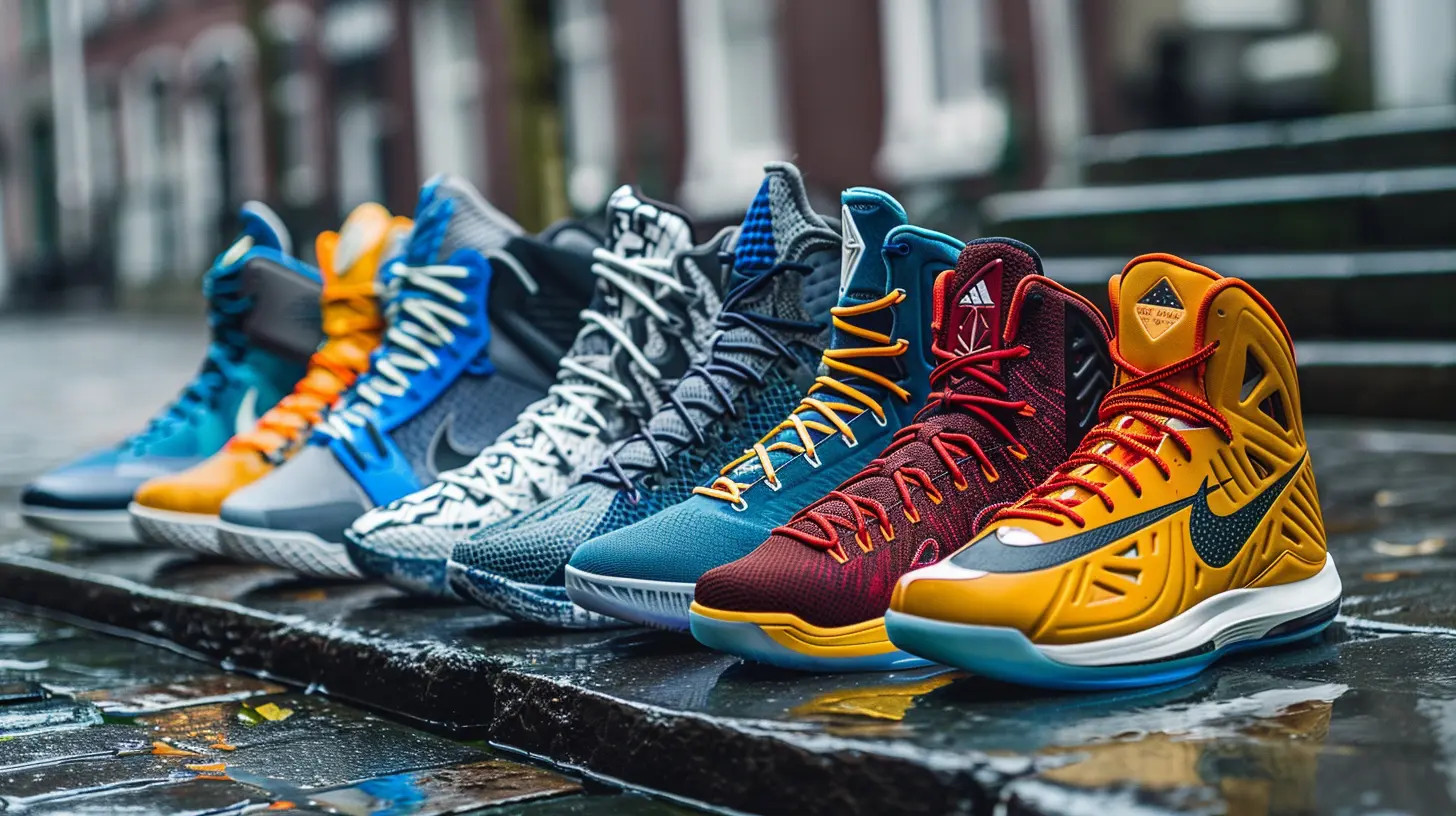
The 70s and 80s: Innovation and Identity Kick In
Fast forward to the 1970s and 80s, and now we’re really cooking. Basketball was growing fast, and so was the need for better performance footwear. Enter brands like Nike, Adidas, and Puma.One of the biggest game-changers? The Nike Blazer, introduced in 1973. Nike was still new to the basketball scene, but this shoe made waves. It had leather construction, a firmer sole, and a swoosh logo that was impossible to miss.
Then came the absolute revolution in 1984—Michael Jordan signed with Nike and released his first shoe, the Air Jordan 1, in 1985.
Let’s be real: this changed everything.
Not only was the shoe stylish and bold (remember that banned black and red colorway?), it was also rooted in performance. And here’s where the shift started—basketball shoes weren't just for playing anymore. They became a statement.
Suddenly, your kicks told a story. They told people who you admired on the court, how much swagger you had off the court, and how deep you were into basketball culture.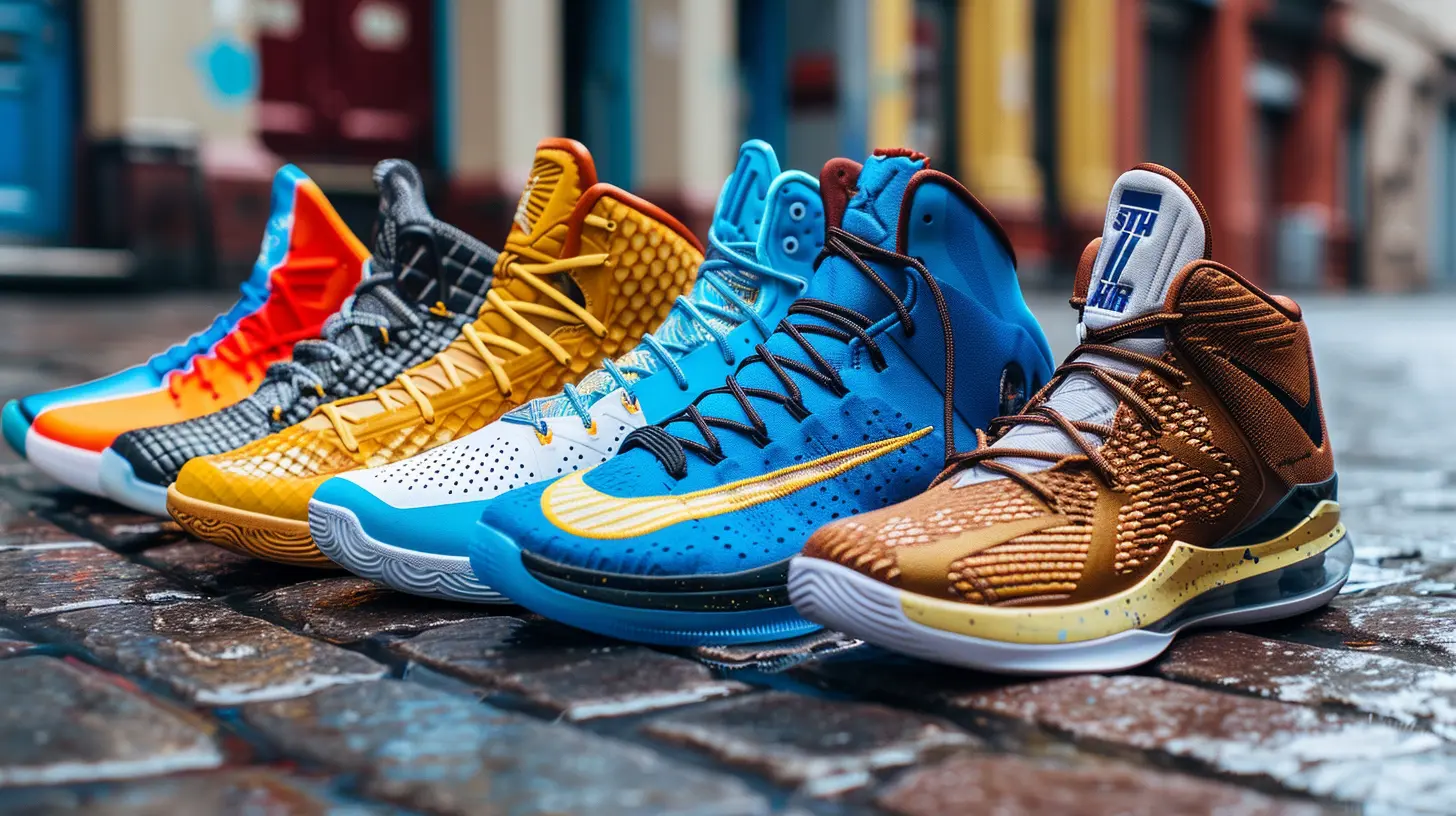
The 90s: Technology Meets Hype
Ah, the 90s—a golden era for basketball and basketball shoes.This was the age of giants like Shaquille O’Neal, Penny Hardaway, Charles Barkley, and of course, His Airness, Michael Jordan. Brands went crazy with signature lines, and the tech started getting wild.
Here’s a quick rundown of what made 90s basketball shoes so iconic:
- Air Max and Zoom Air cushioning for that bounce.
- Pumped-up Reeboks, literally (shout out to Dee Brown pumping them up before the dunk contest).
- Visible tech—you could actually see the air units, giving shoes a futuristic vibe.
- Bulky silhouettes. Big shoes for big personalities.
What’s insane is that during this era, basketball shoes were legit making waves in hip-hop and street fashion. Sneakers like the Air Jordan 11, with its glossy patent leather, could be worn with tuxedos or shorts. They were versatile, loud, and expressive.
That’s when street fashion and the court started truly blending.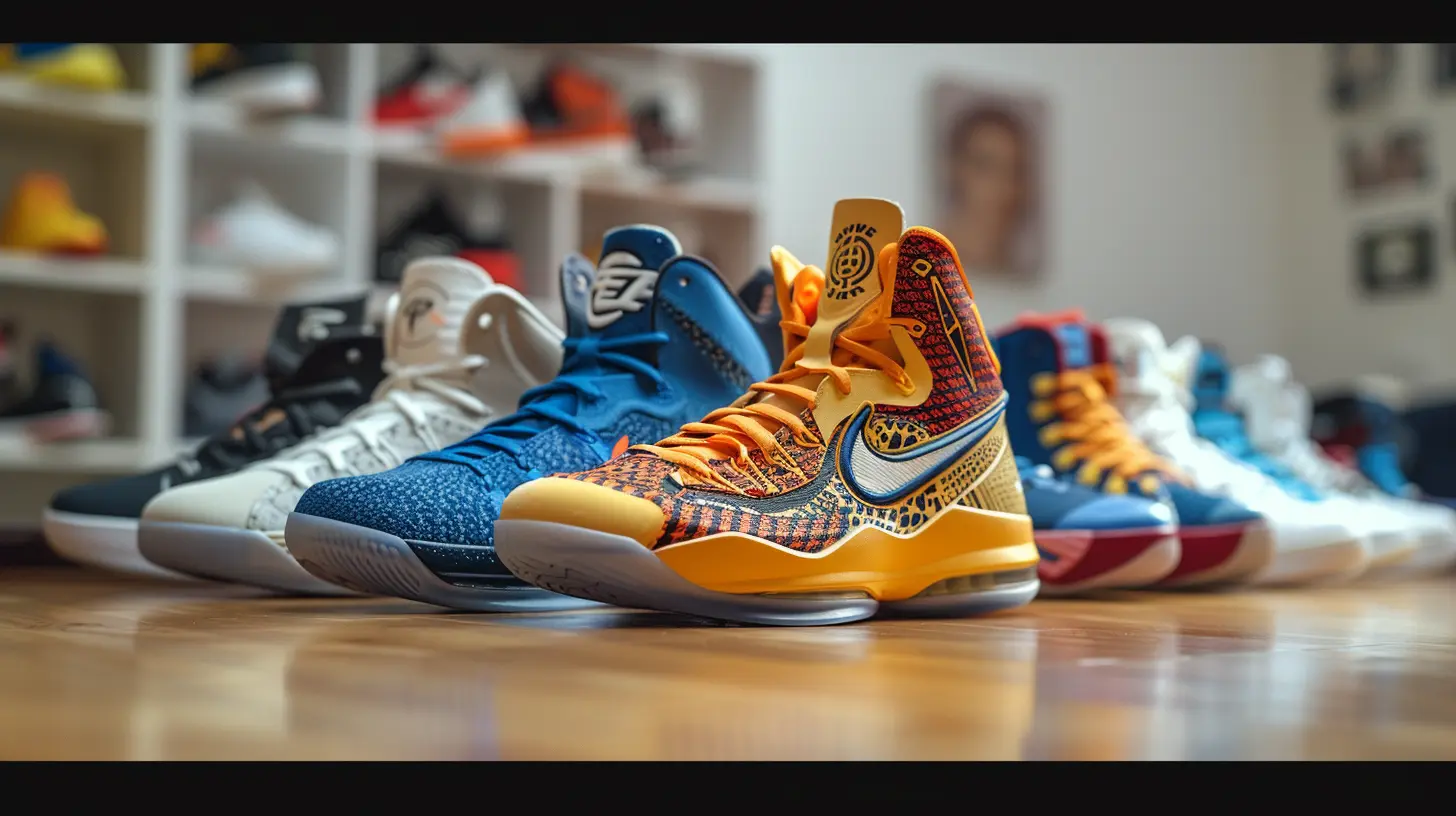
2000s: Sleek, Speedy, and Superstar-Focused
By the 2000s, the game had changed—literally. Players were faster, leaner, and more explosive. Shoes needed to evolve to match.Design shifted from bulky to sleek and lightweight. Materials like mesh, Flywire, and synthetic uppers became the norm. Mid-soles got thinner, and cushioning got smarter.
This decade also saw a rise in signature athlete models:
- Kobe Bryant’s Nike line leaned into low-top designs (a controversial move at the time), pushing the idea that guards needed lightweight, flexible kicks.
- LeBron James’ shoes were designed for power and explosiveness, with maximum support.
- Dwyane Wade, Chris Paul, and others joined the conversation with their own lines.
Performance aside, brands started dropping colorways that were meant to turn heads off the court. Limited editions, player exclusives, and retro re-releases made collecting kicks just as important as wearing them.
Streetwear Explosion: Basketball Shoes Leave the Court
Let’s talk about what really ignited the streetwear crossover.Basketball shoes had always flirted with fashion, but in the 2010s, they went all in. Collaborations with designers, artists, and musicians turned kicks into wearable art.
Think about it:
- Virgil Abloh’s Off-White x Nike collabs.
- Travis Scott x Jordan 1s.
- High-fashion brands like Dior teaming up with Jordan.
It wasn’t just about sneakers anymore—it was about drip. About flexing exclusivity. Basketball shoes were now taking center stage in outfits that had nothing to do with the court.
And sneaker culture? It blew up. Social media turned sneaker releases into global events. “Sneakerheads” camped out (and now queue up online) for the freshest drops.
The resale market? We're talking a multi-billion-dollar industry.
The Tech Side: Performance Keeps Evolving
Even though style took the spotlight in streetwear, performance tech never stopped advancing.Today's basketball shoes are a masterpiece of design and engineering. Here's what modern players get:
- Zoom Air units for explosive speed
- Knit uppers for lightweight breathability
- Carbon fiber plates for torsional support
- Smart shoes that track your movement
Take shoes like the Nike Adapt BB, which literally lace themselves via an app. We’re inches away from having fully AI-driven footwear.
Even brands like Under Armour and Anta are throwing down serious performance models thanks to stars like Steph Curry and Klay Thompson.
Whether you're playing pickup or just rocking them casually, today’s basketball shoes are designed for both style and function.
Retro Love: Old-School Kicks Make a Comeback
Funny thing is, while we chase the latest and greatest tech, we still can’t get enough of the classics.Ask any sneakerhead, and they’ll tell you: nothing beats a pair of Retro Air Jordans, Penny Foamposites, or Reebok Questions.
There’s something magical about the nostalgia. It’s more than the shoe—it’s the era, the memories, the vibe.
Nike and Adidas know this too, which is why they keep retro-ing old models with slight tweaks to match modern comfort standards.
So yeah, while the tech looks forward, the culture often looks back. It’s a constant push and pull between innovation and heritage.
The Future: What’s Next for Basketball Shoes?
Where do we go from here? Can basketball shoes evolve even more?Absolutely.
Here are some hot trends to watch:
- Customization: Brands like Nike ID let you design your own colorways. Soon you might be 3D printing shoes at home.
- Sustainability: Eco-conscious designs using recycled materials are slowly becoming the norm. Expect to see more green kicks.
- Tech integration: Think motion sensors, pressure pads, and on-court analytics built right into your sole.
- Cross-functional design: Shoes that seamlessly go from gym to street to club without skipping a beat.
The line between performance and fashion is blurrier than ever—and we’re loving it.
Final Thoughts
Basketball shoes have evolved into something bigger than the sport that birthed them. They’re a celebration of self-expression, athleticism, and culture. Whether you wear them to hoop, to turn heads on the street, or just because they make you feel like a baller, one thing’s for sure: they’re not just shoes—they're a lifestyle.From the hardwood to the hallways, from tip-off to downtown hangs, basketball shoes continue to make statements. And you better believe the journey’s far from over.
Lace up—it’s gonna be a wild ride.
all images in this post were generated using AI tools
Category:
Sports EquipmentAuthor:

Uziel Franco
Discussion
rate this article
1 comments
Diana Gibson
This article brilliantly captures the transformation of basketball shoes from purely performance-focused gear to stylish streetwear staples. It highlights how innovation and culture intertwine, showcasing the shoes' journey from the hardwood to everyday life, reflecting both athletic prowess and urban fashion sensibilities. A must-read!
August 21, 2025 at 3:40 AM

Uziel Franco
Thank you for your thoughtful comment! I'm glad you enjoyed the article and found the intersection of performance and style compelling.
